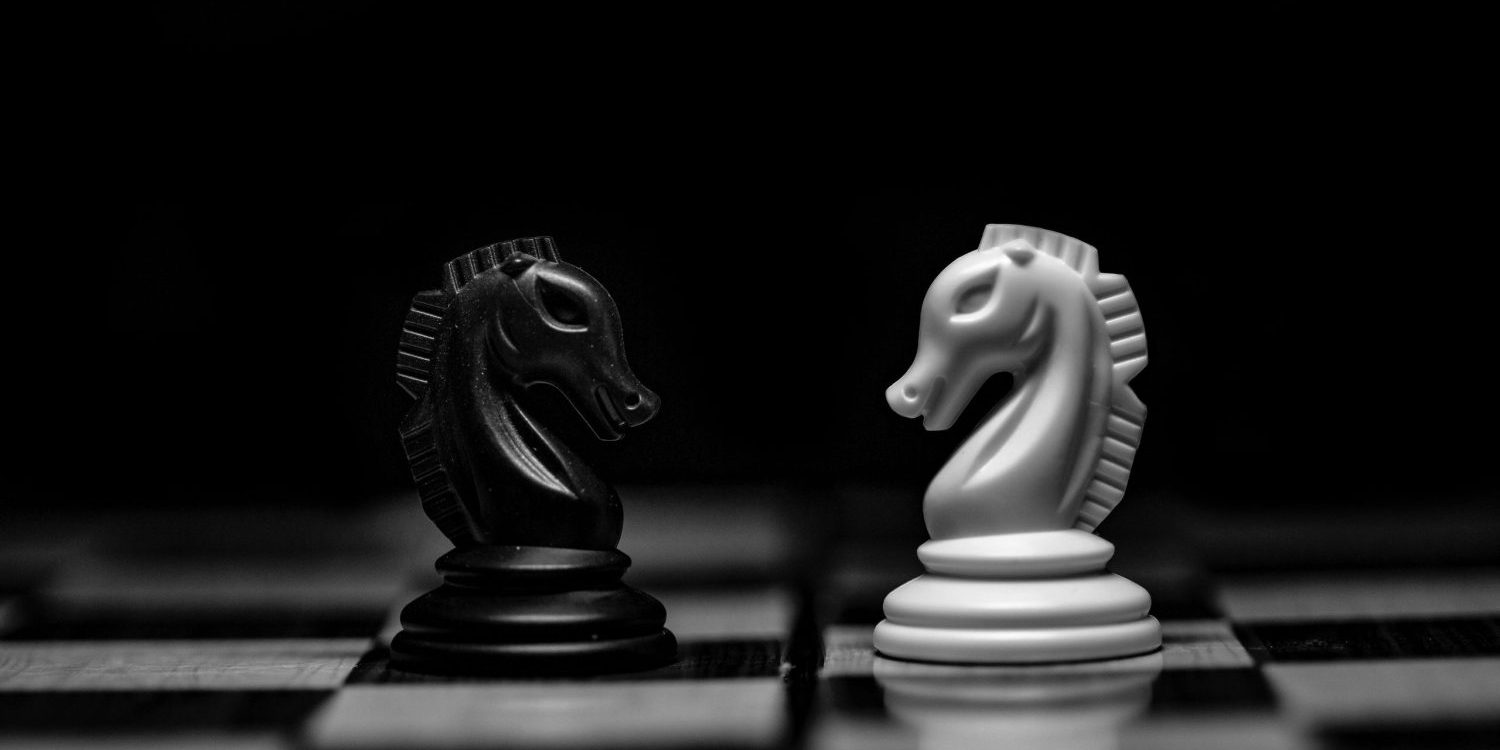In great comedy, the character themselves is often the butt of the joke rather than those they’re railing against. When Basil Fawlty mocks the Germans, we the audience (yes even in the 1970s) are meant to be laughing not at the mortified tourists but at Fawlty himself, for his inability to move on, his stubborn safeguarding of outdated stereotypes. So too when Ted Lasso expresses the American disdain for the draw, saying “back where I’m from, you try to end a game in a tie; well, that might as well be the first sign of the apocalypse”. Lasso is of course much more self-aware than Fawlty, more willing to consider the possibility that other cultures might just have got things right, and, when it comes to the art of the draw, he’s right to consider that he might be wrong.
One would have thought that a thrilling Solheim Cup, made even more tense by the fine margins between retention and an outright victory for either team would be justification enough of the concept of a draw.
Nonetheless, there were those during and after, not least the American Captain Stacy Lewis, calling for consideration of some sort of a tiebreaker. Send them to Bermuda to settle it, quipped the commentators on the Golf Channel on the final day. Make the captains play each other suggested social media observers. It shouldn’t necessarily come as a surprise. Some Americans even go so far as to refer to a tie as “kissing your sister”. It’s not just that to criticize retention is to try to fix something that’s far from broken, to muddle around with a spanner in the works of a competition that produced an all-time great team contest, that has in fact thrown up two of the greatest Solheims in history in the last two trips to European soil. To do away with ties would be to rob sport of so much of what makes it great.
Far from undermining a sporting concept, the existence of a third result enhances sport, adding nuance, changing strategies, leaving room for hope where it might be lost in a more binary system. Sometimes in life you cannot win, and just have to try your best to scrape a draw. And while some might argue that while there might be honour in a draw, it is only worth celebrating if it ultimately leads to victory, this line of reasoning is shortsighted and oversimplified. For an example of why, look at Jack Nicklaus’ conceded putt in 1969 for the Ryder Cup’s first tie. It remains one of the great acts of sportsmanship. Would Nicklaus have conceded if the putt were for a playoff or tiebreaker instead? Perhaps not? And even if he had, the moment would likely have been usurped by what followed.
Draws create a special kind of memory, celebrating resilience, resistance, and courage. They have accounted for some of the great sporting moments of all time. Mutaz Barshim and Gianmarco Tamberi joyously sharing high-jump gold after a jump-off failed to separate them at the Tokyo Olympics. The tied Lions Series of 2017. Monty Panesar and Jimmy Anderson blocking out for a draw against the odds against Australia at Cardiff. David Beckham’s freekick against Greece.
There’s a logic too to the idea of the draw, a logic most closely visible at those moments when sport comes closest to resembling conflict. A stalemate in war means reverting to pre-existing borders. The castle walls remain intact. Borders remain unchanged. The holder keeps hold of the prize.
To quote a maxim used by both Johan Cruyff and Magnus Carlson, if you can’t win, don’t lose. There’s plenty of joy in a draw. Just ask Carlota Ciganda and the rest of the Europeans.



